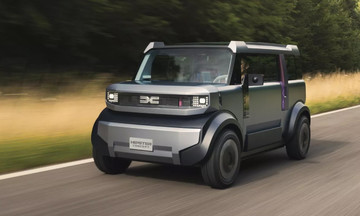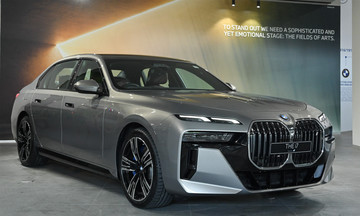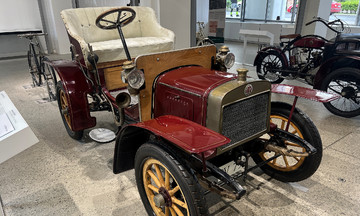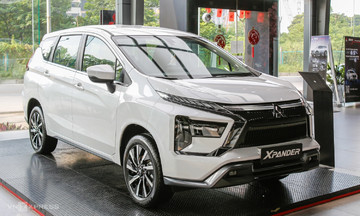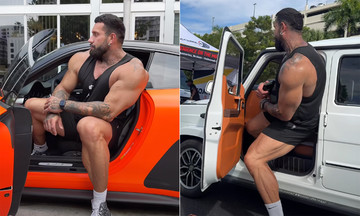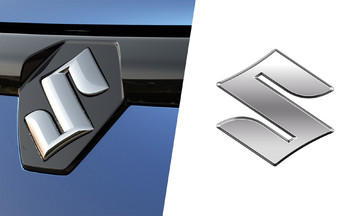As governments worldwide tighten emission standards, achieving net-zero emissions by mid-century has become a crucial commitment for automotive corporations. Yet, high-emission, fuel-consuming vehicles with large engines continue to be sold. How can manufacturers sell these gas-guzzlers while still pursuing net zero?
The answer lies in the "CO2 pool" mechanism established by the European Union (EU). Instead of evaluating each model individually, the EU sets an average emission standard for all new vehicles sold by a manufacturer. Companies can voluntarily form groups and combine their emissions, as long as the overall group average meets the EU's annual targets.
Within these groups, companies selling electric vehicles like Tesla and Polestar have near-zero emissions, lowering the group's average. Conversely, manufacturers selling many SUVs and vehicles with large engines must pay (or buy carbon credits) to participate, as they increase the group's average emissions.
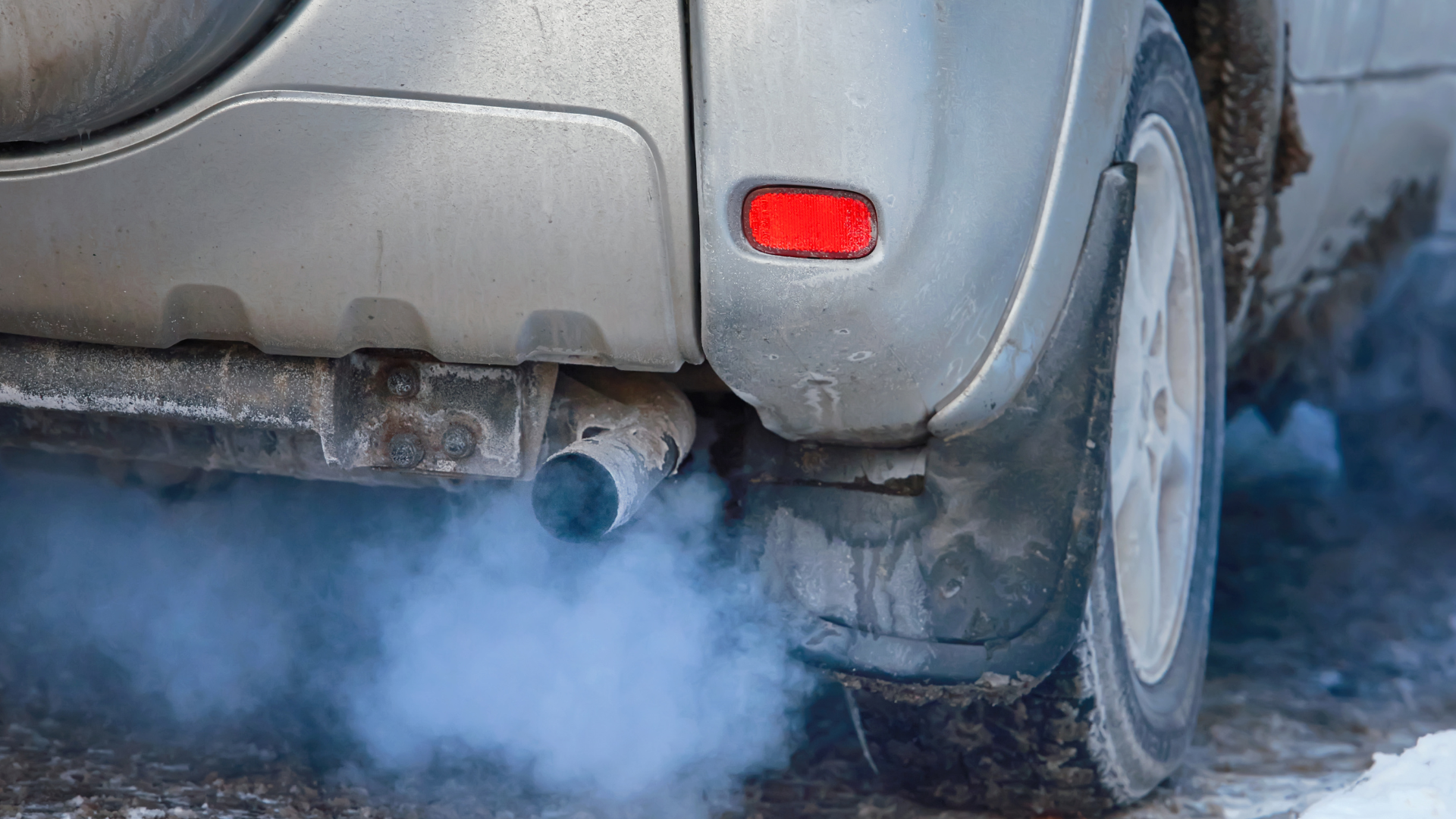 |
Exhaust fumes from a combustion engine vehicle. Photo: Wynns |
Exhaust fumes from a combustion engine vehicle. Photo: Wynns
This is why Tesla has earned billions of USD from selling emission credits, in addition to revenue from car sales. Polestar also leverages this mechanism by pooling emissions with other European manufacturers, generating substantial revenue despite smaller sales volumes. This system allows high-emission vehicle manufacturers to continue operating while providing electric vehicle manufacturers with significant additional income.
One of the largest carbon credit deals was between Fiat Chrysler (FCA) and Tesla. From 2019 to 2021, FCA spent approximately 2 billion EUR buying credits from Tesla in both the US and the EU. This spared FCA hefty EU fines, while Tesla's credit revenue exceeded vehicle profits for several quarters.
After FCA merged with PSA to form Stellantis, CEO Carlos Tavares announced in 2021 that the group could meet EU emission standards without relying on Tesla. However, from 2025 onwards, Stellantis will have to purchase CO2 credits from Tesla again, as its electric vehicle sales are around 14%, below the EU's 21% target.
Beyond Europe, emission credit mechanisms exist in other major markets. In the US, states like California use ZEV (Zero Emission Vehicle) credits. Manufacturers selling many electric vehicles accumulate surplus credits, which they can sell to those with deficits. China has NEV (New Energy Vehicle) credits, which can be transferred between manufacturers. Tesla, with its significant Shanghai production, also has a steady income stream from selling NEV credits. Despite varying names and specifics, these credit markets compel manufacturers to pay for slow electric vehicle transitions while rewarding electric vehicle manufacturers with profits from surplus credits.
Car manufacturers also employ other measures to maintain their net-zero trajectories. Mercedes invests in reforestation projects in Africa, calculating the CO2 absorbed to offset vehicle emissions. Meanwhile, Volkswagen purchases RECs (Renewable Energy Certificates) from wind and solar power to ensure "carbon neutral" production of electric vehicles in its European factories.
These flexible mechanisms enable manufacturers to continue selling high-emission, large-engine vehicles while reporting net-zero progress in their annual reports. In the long term, as regulations tighten and electric vehicle adoption increases, reliance on credit trading will diminish. For now, it remains a safe way for automotive corporations to balance business with environmental responsibility.
Vietnam has not yet implemented a CO2 credit trading mechanism specifically for the automotive industry. However, the government has outlined a roadmap for a domestic carbon market. According to Decision 232 and Decree 119/2025, from 6/2025 to the end of 2028, Vietnam will pilot a carbon credit exchange before its official launch in 2029. This mechanism will require high-emission businesses to purchase credits from low-emission entities or invest in green projects, contributing to national emission reduction goals.
Ho Tan




